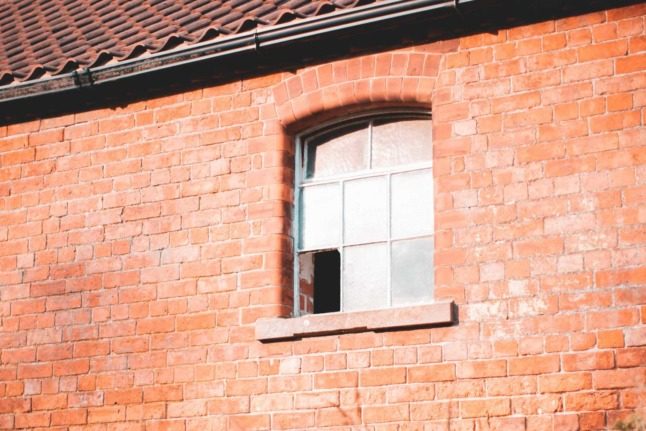Switzerland is a nation of renters.
Unlike the United Kingdom, United States or Australia where purchasing a home is a central goal for many, people in Switzerland are content to rent.
Approximately 59 percent of Swiss people rent – making it the highest percentage of renters anywhere in Europe.
In fact, Switzerland is the only country in Europe where more than half of the people rent rather than own their home.
The reasons for this are many and varied – in fact, German-speaking Europe seems to have a preference for renting rather than buying – but one explaining factor is the relatively strong tenants rights framework in place in Switzerland.
Unlike in other countries where renters are subject to regular inspections and are often not allowed to make modifications to the property – or even in some cases to hang a picture – without asking, tenants have far more freedom in Switzerland.
What damage to tenants have to pay for in Switzerland?
The only damage that Swiss renters will be liable for is that which fits under the classification of “excessive wear and tear”.
The costs of normal wear and tear are to be borne by the landlord.
According to Switzerland’s tenants association, this can be difficult to determine as there is no clear definition of what amounts to excessive wear and tear.
This will usually be decided on a case by case basis, reports Swiss insurer Zurich.
Tenant in Switzerland? Here’s how to apply for a rent reduction
Wear and tear that comes about though daily use is not the responsibility of the tenant. This can be cracks in paint, wearing down of floor coverings and the gradual deterioration of furniture.
In trying to work out whether someone classifies as excessive wear and tear, the tenants association says if damage happens as the result of an accident or a mishap, then it is likely to be excessive.
The association lists a number of examples, including black marks on walls, nicotine deposits on walls and ceilings and water stains on parquet floors.
Generally speaking a tenant will be expected to paint the apartment when moving out, which should account for most of these issues.
What about significant and direct damage?
Damage to the apartment caused during the rental period which cannot be defined as wear and tear must be paid for by the tenant.
This includes broken windows, burnt floorboards and large carpet stains.
If a tenant wants to not be held liable for particular damage, he or she will need to prove it was not them who caused the damage – which can be difficult.
Renting in Switzerland: Can I pay less when my landlord renovates the apartment?
Minor repairs such as light switches, power sockets, shower hoses, washers in taps and toilet seats are generally the responsibility of the tenant.
Swiss insurer Zurich defines this as anything costing less than CHF200.
Costs for depreciation to be taken into account in excessive wear and tear
While examples of excessive wear and tear will not be the sole responsibility of the landlord, in many cases the cost will be shared.
Tenants only have to pay for the current or residual value of an item, rather than the cost of buying it new.
To determine this value, the age of the item is subtracted from the ‘service life’ of an object.
The tenants association provides an example of a “six-year-old fitted carpet in the living room with scorch marks and candle wax stains”.
When moving out, the tenant has to pay 40 percent of the cost of the new carpet – as the service life of a medium quality fitted carpet is ten years.
Once the service life of an item has expired, the tenant does not need to bear any costs.
However, a tenant cannot expect that an item will be replaced with a new one once the service life has expired.
The item must only be replaced where it is unusable or not fit for purpose.
The “landlord is not obligated to carry out cosmetic repairs” says the tenants association.
The service life table is available at the following link (in full).



 Please whitelist us to continue reading.
Please whitelist us to continue reading.
Member comments